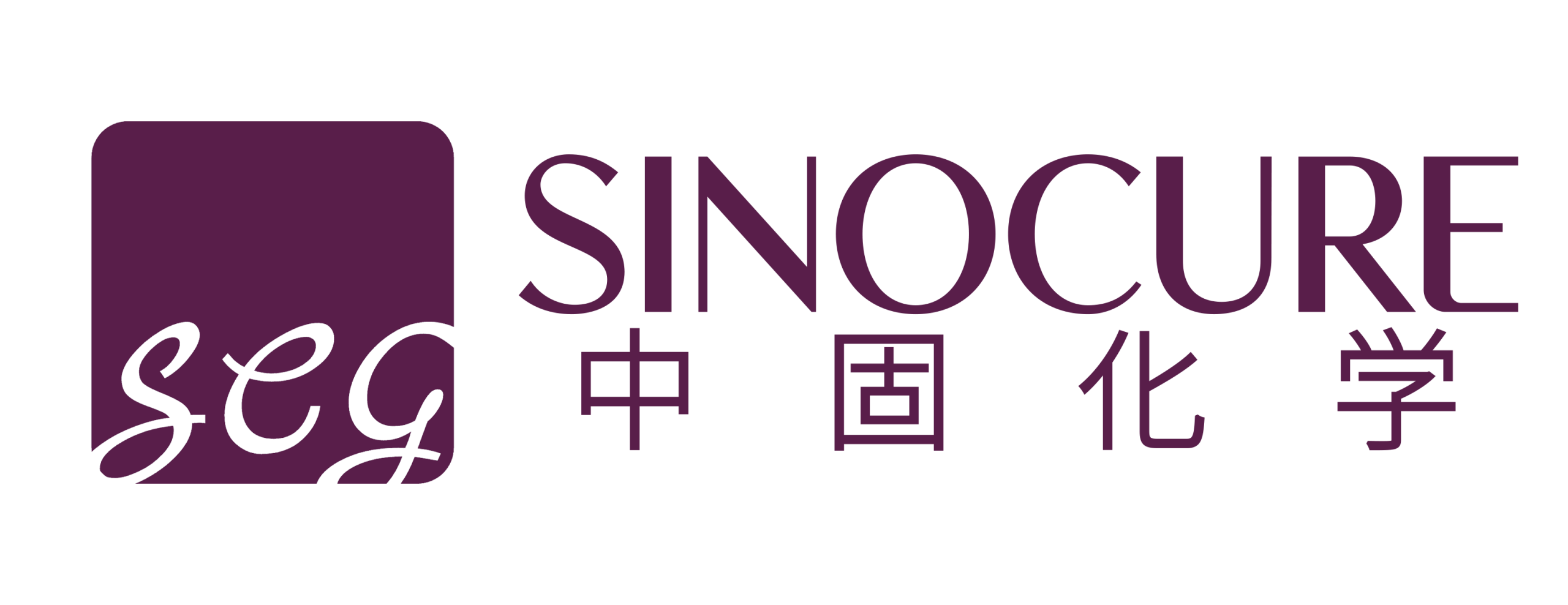Product Description:
β-Carotene (beta-Carotene) is a strongly colored red-orange pigment abundant in plants and fruits. It is an organic compound classified as a hydrocarbon and specifically as a terpenoid (isoprenoid), reflecting its derivation from isoprene units. β-Carotene is a prominent member of the carotenes, which are tetraterpenes, synthesized biochemically from eight isoprene units and thus having 40 carbons. Among the carotenes, β-carotene is distinguished by having beta-rings at both ends of the molecule. It is a precursor to vitamin A (provitamin A) and also possesses antioxidant properties.
Product Properties:
Property Value Chemical Formula
C₄₀H₅₆
CAS Number
7235-40-7
Molar Mass
536.87 g/mol
Appearance
Red-purple to dark red crystals or crystalline powder; orange in solution
Odor
Slight, characteristic
Melting Point
178-182 °C (352-360 °F; 451-455 K) (varies with isomeric form)
Boiling Point
Decomposes before boiling at atmospheric pressure
Solubility
Insoluble in water; soluble in organic solvents like chloroform, benzene, carbon disulfide; slightly soluble in oils and ethanol
Stability
Sensitive to light, oxygen, and heat
Form
Predominantly all-trans isomer, but cis isomers also exist
Product Usage:
β-Carotene is widely used in various industries due to its colorant properties and health benefits:
Food and Beverage Industry:
Used as a natural food coloring agent (E160a) in a wide range of products, such as margarine, butter, cheese, baked goods, juices, soft drinks, and confectionery. For example, it gives an orange or yellow hue to many processed foods.
Employed to fortify foods with provitamin A, enhancing their nutritional value.
Dietary Supplements and Nutraceuticals:
Marketed as a dietary supplement due to its provitamin A activity and antioxidant properties. It’s available in capsules, tablets, and softgels.
Included in multivitamin formulations and antioxidant blends.
Pharmaceuticals:
Used in some pharmaceutical preparations for its vitamin A precursor role and potential health benefits, particularly in dermatology for conditions related to sun sensitivity (e.g., erythropoietic protoporphyria).
Cosmetics:
Incorporated into skincare and sun care products for its antioxidant properties, which can help protect the skin from free radical damage, and as a colorant. For instance, it might be found in anti-aging creams or sunscreens.
Animal Feed:
Added to animal feed, particularly for poultry and aquaculture, to enhance the color of egg yolks, chicken skin, and fish flesh, as well as to provide a source of vitamin A.
Contact Us Now!
If you need MSDS,TDS or sample testing, please email us at pharm@sinocurechem.com or use the website live chat to get prompt reply.
- +86 13345119692
- +86 15550440621
- pharm@sinocurechem.com

